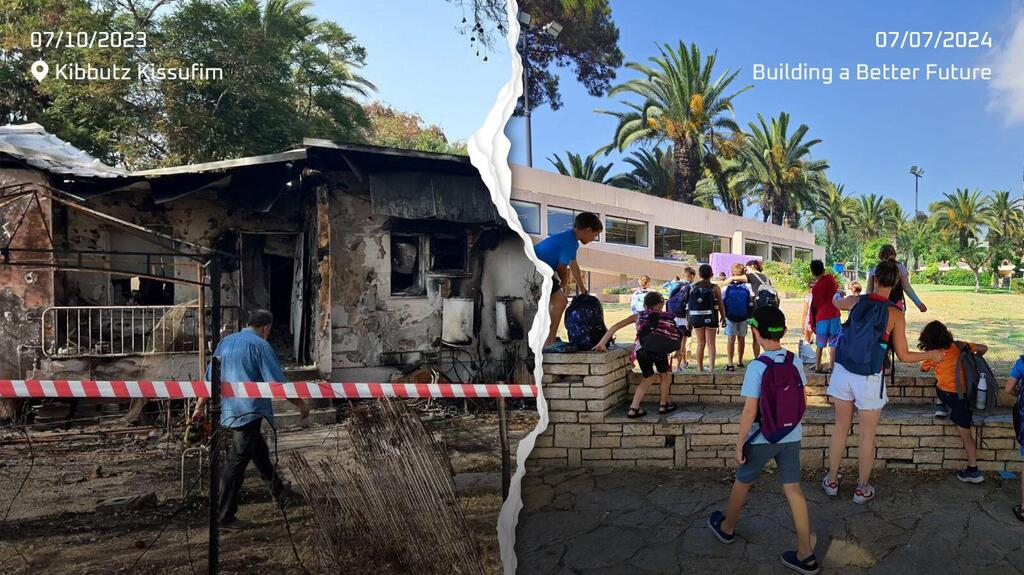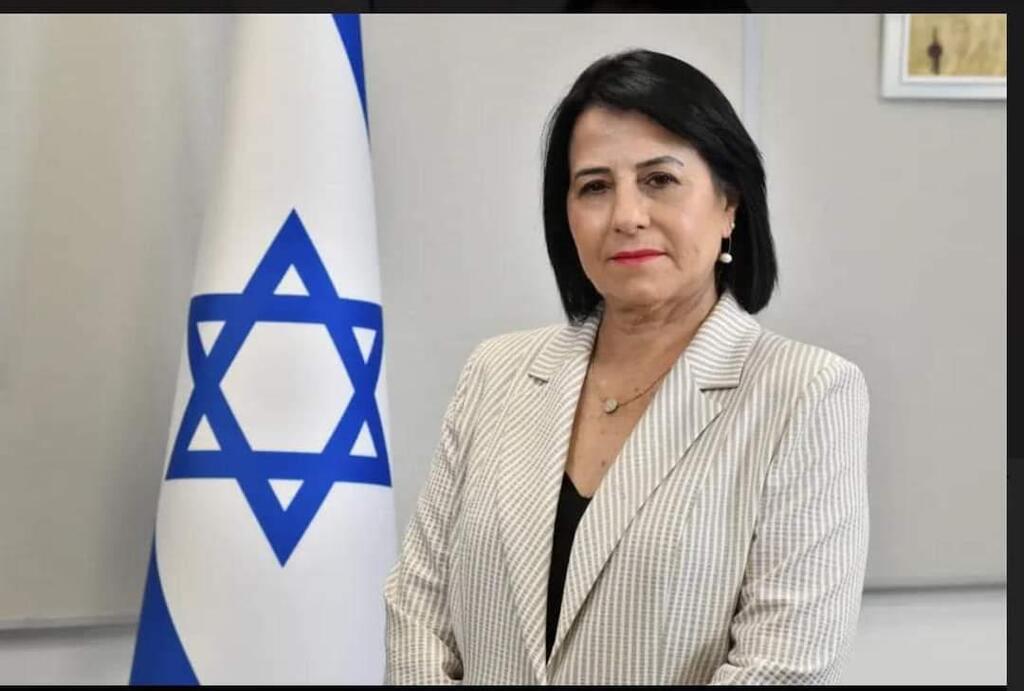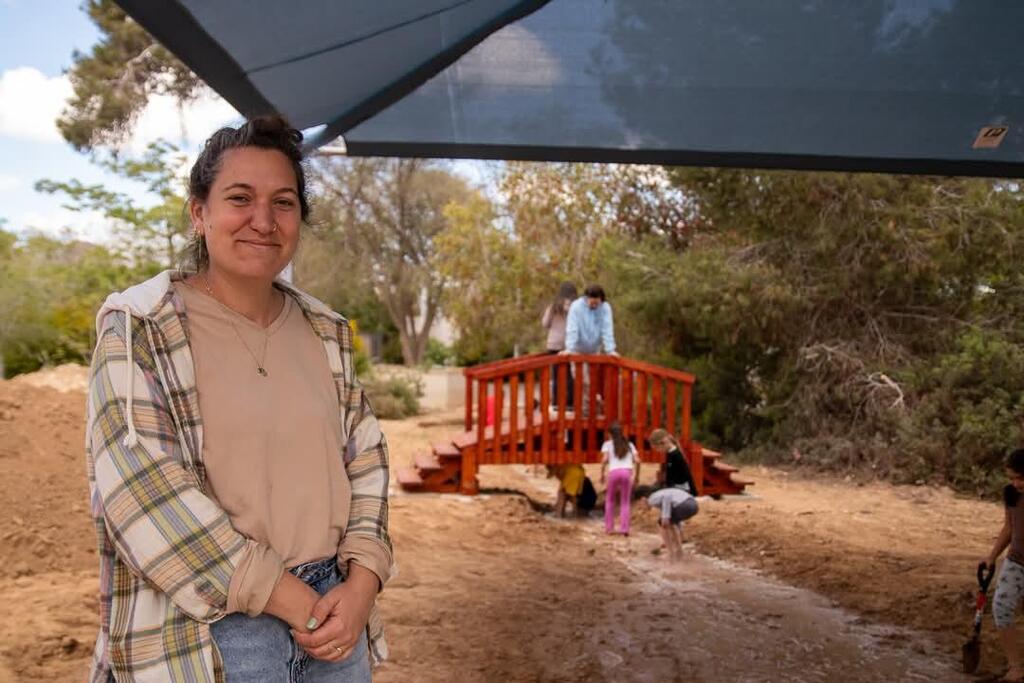Following the trauma of the October 7 attacks, entire Galilee and western Negev communities were emptied. While much public discourse has focused on security and reconstruction, the Homeward initiative has chosen action over slogans. This groundbreaking social-educational project seeks to return residents to their homes—not through coercion or declarations, but by building educational excellence, community resilience and a better future for children.
In collaboration with local authorities, the Education Ministry and civil society organizations, Homeward offers a new model: rebuilding not just homes, but roots.
“Homeward operates with a strategic approach, placing strong emphasis on developing innovative programs and making targeted investments in leading organizations,” explains Sigal Moran, CEO of the initiative. “Our work is grounded in thorough research, direct field engagement and close partnerships with local authorities, government ministries and social organizations
“Taking a wide-angle view of the education system, Homeward helps building meaningful infrastructure to strengthen educational frameworks and lay the foundation for sustainable demographic growth using holistic education, a model which redefines the role of schools: instead of the system dictating the child’s needs, the child’s needs shape the system—nurturing a sense of belonging and responsibility among students toward their environment.
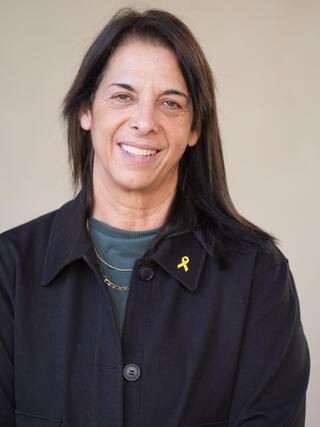 Homeward CEO Sigal MoranPhoto: Rami Zarenger
Homeward CEO Sigal MoranPhoto: Rami ZarengerThe initiative promotes regional excellence hubs where every student can discover their strengths and realize their potential. It also focuses on strengthening social and community-based educational systems, and supports the recruitment, training and empowerment of educators in communities in the Gaza border region and the Galilee.
Behind the initiative stands Izhar Armony, an Israeli-American philanthropist who has lived in Boston for the past 30 years. Armony, who was raised on Kibbutz Malkia near Israel’s northern border, now works in the world of venture capital. His most well-known investment was in Twitter during its early stages.
After the outbreak of the war, Armony recognized that many evacuees—both from the western Negev and the Galilee—might never return to their communities. He saw quality education as a key tool for bringing them back, promoting regional prosperity and attracting new residents. From this understanding—that education builds community, and community brings life back home—he decided to launch Homeward, an initiative focused on developing both formal and informal education systems in these areas.
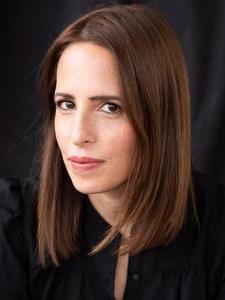 Maoz CEO Shimrit BeinhornPhoto: Courtesy
Maoz CEO Shimrit BeinhornPhoto: Courtesy“The resilience of Israeli society is built from the ground up—in schools, in communities and in everyday life,” said Shimrit Beinhorn, CEO of Maoz, a social leadership organization working in partnership with Homeward. “Homeward’s work, in collaboration with all relevant actors in the region, demonstrates the power of partnership between educators, local authorities and communities in cultivating belonging, trust and hope—the values that guide all our joint work at Maoz as well.”
Developing a regional excellence hub in education: Bringing education to us with help from Homeward
Yesud HaMa’ala Mayor Tamir Shalom speaks with enthusiasm about the municipality’s partnership with Homeward: “The Homeward initiative works with local authorities and supports the entire region through clusters—offering guidance, funding and connections to professionals to advance post-war projects. The initiative’s goals—returning residents home and jumpstarting the Galilee—are grounded in the belief that this is the key to growth in both the north and south.”
According to Shalom, northern municipalities and the Eastern Galilee Cluster are working to create a regional hub of educational excellence that will help children excel across disciplines. “With the help of Homeward, instead of sending our children to study in the center of the country, we’ll bring education to us,” he says.
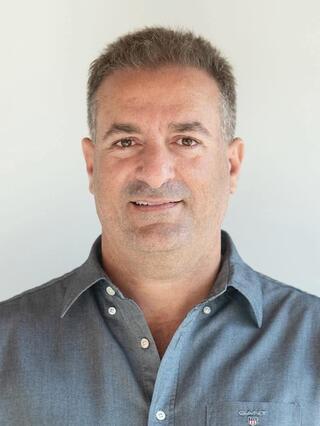 Yesud HaMa’ala Mayor Tamir Shalom Photo: Courtesy
Yesud HaMa’ala Mayor Tamir Shalom Photo: Courtesy“The war created an opportunity to change reality and attract new populations to the north. This project has successfully brought together partners, including the Homeward Fund, philanthropists, Tel Hai College, the Education Ministry and the private sector, interested in establishing factories and tech schools. Much of this partnership-building has been thanks to Homeward.”
Shalom outlines plans to build a regional physics center to support advanced matriculation studies. A new tech center will also be established, combining academic resources with practical technological training.
“The center will strengthen gifted student programs in places like Tel Hai, Odem and Katzrin, as well as medical studies at the Ziv Faculty of Medicine in Safed,” he says. “We will also promote music education in the Upper Galilee and sports. Galileum, a center for field-based science education, is already up and running, and the physics center is slated to open next year. Planning is underway, and so far we’ve secured 12 million shekels through a government funding call.”
Education doesn’t start in the morning and end at noon
Osnat Ron-Raskin, head of the Kiryat Shmona Education Department, discusses the implementation of “Whole Space” (Merhav Shalem), an initiative launched in collaboration with Homeward to help every child realize their full potential.
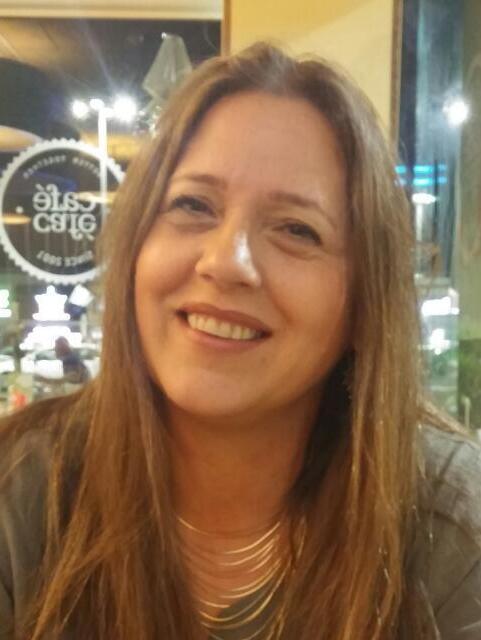 Osnat Ron-RaskinPhoto: Yael Ariel
Osnat Ron-RaskinPhoto: Yael ArielAt the heart of the model is the idea that formal and informal education must work hand in hand. “The model reflects a core concept: education doesn’t start in the morning and end at noon—it is a continuous process that spans from morning to night,” Ron-Raskin says. “The student is surrounded by a complete support system—a village, in essence—comprising all educational stakeholders working together to help the child develop their abilities both within the school system and beyond.”
She emphasizes that the more children participate in informal activities, the more they develop essential skills and fulfill their potential. “Participation in extracurricular programs and youth movements fosters leadership skills and allows children to express their strengths and interests,” she explains.
“The holistic work process with children and youth includes elementary schools. Each school participating in the program will have a Whole Space coordinator who will be part of the school’s leadership team. These individuals are carefully selected and bring extensive experience in the education system, with a strong emphasis on informal education.”
Shared vision and strategic partnership: The goal—excellence
Orna Simchon, Northern District director at the Education Ministry, discusses the role of the public education system in the partnership: “The fund will support informal education and community resilience, working alongside government decisions and joint budgeting efforts. These partnerships focus primarily on out-of-school programming in local communities and supporting youth activities in the afternoons as requested by municipalities.”
Simchon notes that one of the major challenges brought on by the war and evacuations involved programs for gifted students. “We ran extensive programming in partnership with Tel Hai College, but the war forced the closure of the gifted education center there, which impacted students throughout the Western and Eastern Galilee,” she says. “When students are scattered across the country, they can’t access centralized excellence programs. Around 16,000 students were displaced, many to Tel Aviv, Eilat and Tiberias. We managed to integrate some of them into alternative programs, but it’s not the same as normal. The war hurt excellence programming, so we now want to invest heavily in growth engines of excellence, advanced technology and academic development.”
Get the Ynetnews app on your smartphone: Google Play: https://bit.ly/4eJ37pE | Apple App Store: https://bit.ly/3ZL7iNv
She adds, “We also launched a joint campaign with the government to recruit informal education staff, and initiated educational projects in the north with dedicated funding for areas like technological excellence and innovation. We allocated NIS 1.2 million to the Homeward Fund, which added another NIS 1 million to support initiatives aimed at reducing disparities and strengthening student-community connections. Schools were invited to submit proposals in innovation and technology, and each participating school received NIS 60,000 in funding. The Homeward Fund also contributed to budgets in evacuated communities.”
Unlike some philanthropic ventures, Simchon emphasizes, “The Homeward Fund works in close coordination with the government and remains open to exploring diverse options. Some foundations contribute money independently of what the state is doing or engage directly with municipalities seeking the highest return on project components. But this fund combines creative thinking and commitment from the earliest planning stages through execution—coordinating with local authorities and aligning budgets through formal government decisions.”
Greenhouse: A program supporting educators, therapists and community leaders
“October 7 brought a devastating loss of life and property. Education is a central tool for regional recovery and return,” says Hadas Grimberg, 35, a clinical social worker who spent a decade working with at-risk youth and has led social-educational programming at Nirim for the past four years. Today, she serves as director of welfare and community and director of the Tkuma Directorate.
“We can’t turn back time, so the struggle to bring the hostages home and the focus on communal issues like education are vital. Education strengthens our councils and communities. Shared purpose and collective action are essential sources of strength. True healing will only come when everyone is back in their homes.”
“The Greenhouse program provides strength and tools to cope with the aftermath of October 7,” she says. “The program offers a supportive environment that deepen roots and strengthen participants’ sense of purpose—why we do what we do for our children and communities.
“The program is designed for educators, therapists and community professionals. It includes learning seminars and group work focused on exploring educational topics and issues in the Tkuma region. Participants collaborate with professionals in roundtable discussions aimed at improving the current situation.
Grimberg recounts: “After the events of October 7, a group of 10th-grade students from Nirim went out to lay irrigation pipes in the fields as part of efforts to help rehabilitate the region. They worked in Tze'elim so they wouldn't have to sleep under fire. Through these actions, they contribute to rebuilding their home by supporting one another in the wake of loss. This is where we see how tools from the world of education, combined with therapeutic approaches, can be used to nurture a new generation.”


